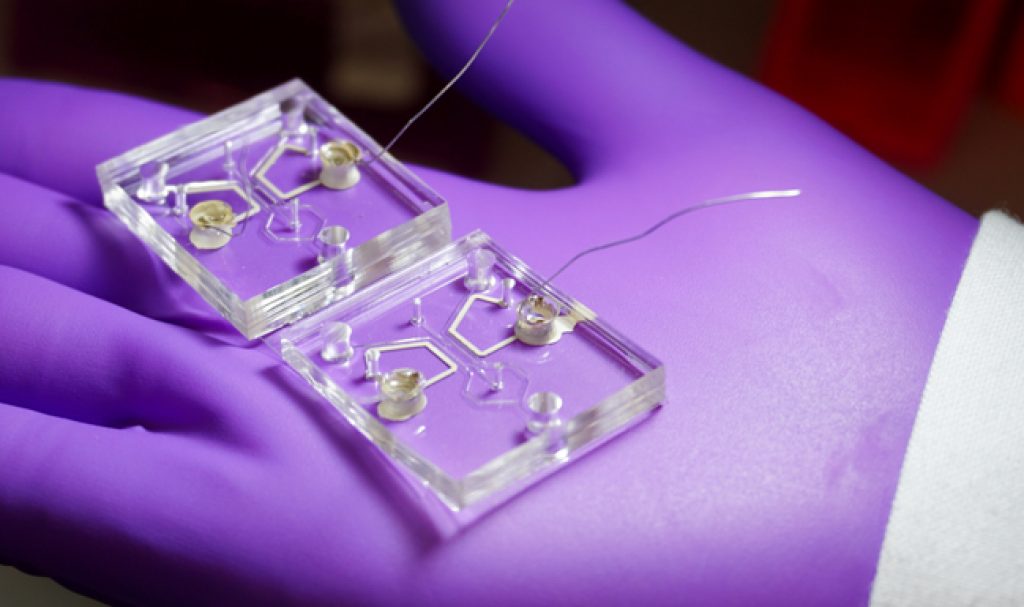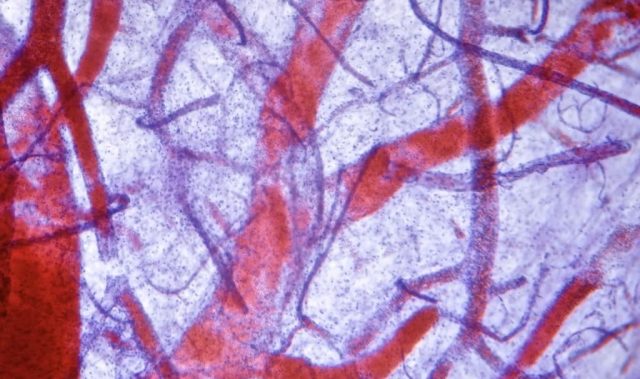
AsianScientist (Jul. 12, 2016) – Researchers in Singapore have designed a 3D microfluidic culture platform to test the efficacy of Tumor Treating Fields (TTFields), a new type of cancer treatment that is based on alternating electric fields and FDA-approved for use in glioblastoma.
Developed by a team from the Singapore-MIT Alliance for Research and Technology (SMART), the microfluidic device produces an alternating electric field in a 3D environment, one that is more physiologically relevant than a standard 2D cell culture. Details of their device were published in Scientific Reports.
The study showed that electric treatment led to a reduction in the metastatic spread of cancer cells. Encouragingly, the growth rate of treated cancer cells was 35 percent lower than that of untreated cells. Non-cancer cells, like the endothelial cells which line the blood vessels around the tumors, were not significantly affected.
“With this device, doctors may ascertain the intensity of electric fields needed for each individual patient, increasing the efficacy of their treatment,” said lead author Dr. Andrea Pavesi, a research scientist at the SMART BioSystems and Micromechanics (BioSyM) Interdisciplinary Research Group.
The article can be found at: Pavesi et al. (2016) Engineering a 3D Microfluidic Culture Platform for Tumor-Treating Field Application.
———












